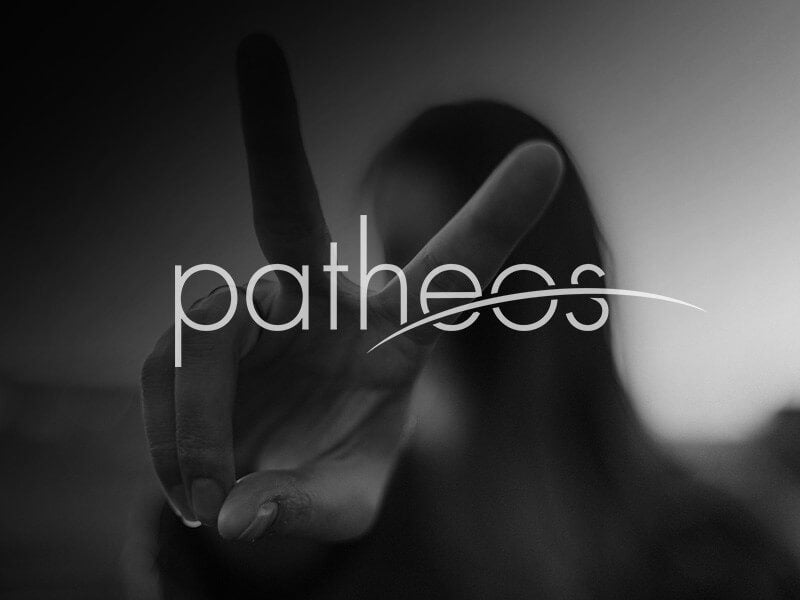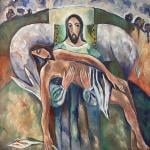Chicago Sun Times
October 24, 2005 Monday, Final Edition
Copyright 2005 Chicago Sun-Times, Inc. All Rights Reserved Section: NEWS; Pg. 12
Length: 777 words
Byline: Cathleen Falsani, The Chicago Sun-Times
Series: Evangelicals: Tending the Flock
Church headed in the right direction, says Willow Creek pastor
SECOND OF TWO PARTS
As a conversation with Bill Hybels, senior pastor of Willow Creek Community Church in South Barrington, continues on the anniversary of the church’s founding in 1975, the pastor turns his attention to what the next 30 years might hold the groundbreaking “seeker-friendly” congregation and its successors on the cutting edge of evangelicalism in the 21st century.
Q: What does the future look like for Willow Creek and the church, writ large?
A: “I’ve never been more optimistic about the future of the local church than I am right now, because I think church leaders have finally come to understand that the wise thing to do is to recalibrate the methodology of the church for each societal change and each generational reality. When I started 30 years ago, the church hadn’t changed much in 50 years.
“There’s rarely been a debate about whether the church should debate its theology. . . it’s never been a serious discussion. But what used to be a serious discussion is: Should we adapt our methodology for the culture that we’re trying to relate to? And now even that is not much of a discussion at all.
Q: Whether the church should engage culture at all is not a question anymore?
A: “Right. And it used to be. There was a barricade mentality, a let’s-huddle-and-separate-ourselves-from-this-terrible-awful-world thing. There’s none of that left. Those churches have closed down or have been merged with a church that has a more positive vision.
“It’s a bit of a stretch to say universally, but [on a] wide scale, pastors want their churches to be relevant in culture, they want to engage culture, and even would pray bold prayers that they could transform it to some small degree.”
Q: Evangelicals seem to be paying more attention to humanitarian problems, such as the African AIDS crisis, than in the past. Is that part of their engagement with culture?
A: Yes, and I couldn’t be more pleased . . . and about Willow’s influence and the influence of other churches that are kind of paving the way on this. Again, I wouldn’t venture to say most churches, but a significant number of churches are engaged with the AIDS in Africa issue at this point.
“There are volunteers who are giving their time toward it, there are resources being invested in it, there are prayers being prayed regularly for it, and Willow has invested over $600,000 in the last 10 months in our AIDS initiative. I’m going back to do another weekend service from Zambia.
“We’re beyond finger waiving. If you look at what just happened with [hurricane] Katrina, the church actually in many cases beat the government and the NGOs to be first on the scene. They were the first responders. They were the first with resources, the first with volunteers, first before any agency in America.
“Ten years ago, 15 years ago, I think the church would have been asleep at the switch. This level of activism and engagement with the needs of society by local churches I never thought I’d see it in my lifetime.”
Q: What kind of an influence do you think Willow Creek has had to that end?
A: I don’t know. I’d like to think that maybe we made a little ripple. . . . I really don’t look at any of that. I look at the unfinished task. I look at tens of thousands of church leaders who still do need a bit of an awakening.
“I look at places in Scandinavia and Europe and other places where the church really isn’t flourishing, and that’s where my mind goes. . . . There are still more than 500,000 people within 30 minutes of our campus who say, according to census data, that they don’t go to church. That’s a half a million people within 30 minutes, so we’ve got a lot to do locally.”
Q: Will Willow Creek alter its aesthetic to appeal to a new generation of seekers, like the coffee-house-style worship services with candles and couches that are growing in popularity?
A: “I have seen so many . . . variations, flavors or styles of gathering places. I was in a church recently filled with people in their 20s and it was wooden pews and stained glass, and they thought it was retro and cool. Thirty years ago, we were in a movie theater and thought it was so cool because we were finally delivered from the horrors of stained glass and wooden pews.
“So I see churches these days in bowling alleys, in warehouses, in storefronts, in aging cathedrals that were given to them for a dollar lease. More than anything, people want the reality of the discussion at hand. If what is going on in that building is the real thing, if the transforming love and power of Jesus Christ is being experienced, you can sit on a metal folding chair or in a plush theater seat.
“The real deal is always going to win in the end.”











